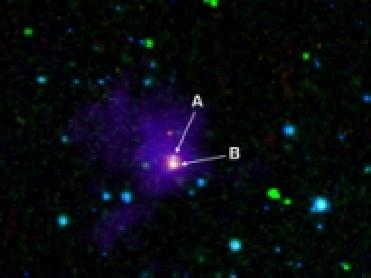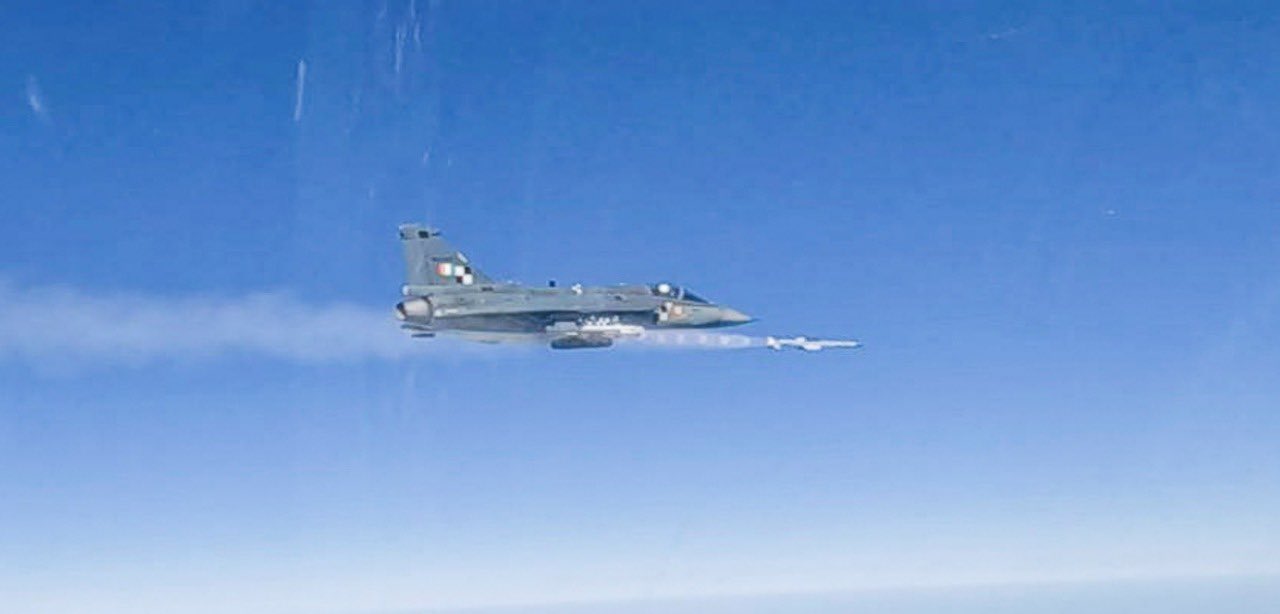
This image shows two young brown dwarfs, objects that fall somewhere between planets and stars in terms of their temperature and mass. Image credit: NASA/JPL
PASADENA (BNS): What makes brown dwarfs a �cosmic misfit� which belong neither to the family of bright, hot stars nor to the family of less massive planets?
While they contain the same dense, dusty clouds that spawn stars and planets and share the same galactic nursery, brown dwarfs are often called �failed� stars because they lack the mass of their hotter, brighter stellar siblings and end up as cooler, less luminous objects.
Astronomers, after studying a baby brown dwarf named SSTB213 J041757, believe that perhaps brown dwarfs form in the same way as low-mass stars.
Data and images provided by NASA's Spitzer Space Telescope have led astronomers to the discovery of this youngest-known brown dwarf ever observed. The so-called �proto brown dwarf� was found while it was still hidden in its natal star-forming region in the dark cloud Barnard 213 � a region of the Taurus-Auriga complex.
The international team of researchers was guided by Spitzer data collected way back in 2005 when the first brown dwarf was discovered.
�We decided to go several steps back in the process when (brown dwarfs) are really hidden. During this step they would have an (opaque) envelope, a cocoon, and they would be easier to identify due to their strong infrared excesses. We have used this property to identify them,� said David Barrado of the Centro de Astrobiolog�a in Madrid, Spain, lead author of the paper on the discovery in the Astronomy & Astrophysics journal.
Spitzer's longer-wavelength infrared camera penetrated the dusty natal cloud to observe the baby brown dwarf SSTB213 J041757. The data, confirmed with near-infrared imaging from Calar Alto Observatory in Spain, revealed not one but two of what would potentially prove to be the faintest and coolest brown dwarfs ever observed.
Barrado and his team focused their research to observe and characterise the presence of this dusty envelope � proof of the celestial womb of sorts that would indicate that the twin brown dwarfs were, indeed, in their earliest evolutionary stages.
After more than a year of observations, they derived their conclusions.
�We were able to estimate that these two objects are the faintest and coolest discovered so far,� Barrado said. The change in their brightness at various wavelengths matched that of other very young, low-mass stars. �The findings potentially solve the mystery about whether brown dwarfs form more like stars or planets,� Barrado said.
While further study will confirm whether these two celestial objects are in fact proto brown dwarfs, they are the best candidates so far, Barrado said.
These observations were made before Spitzer ran out of its liquid coolant in May 2009, beginning its �warm� mission, NASA said.
 Previous Article
Previous Article Next Article
Next Article












The Indian Air Force, in its flight trials evaluation report submitted before the Defence Ministry l..
view articleAn insight into the Medium Multi-Role Combat Aircraft competition...
view articleSky enthusiasts can now spot the International Space Station (ISS) commanded by Indian-American astr..
view article